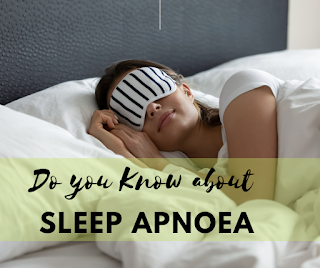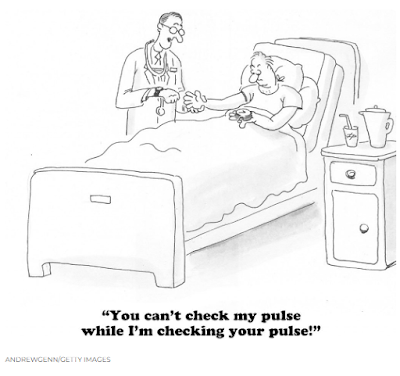Here is guest post from Sunny Dasu, who is fitness enthusiast, he shared his experiences in building body muscle mass.
Are you trying to talk to your family doctor or physician or your gym friends to put on muscle mass? This post will give good understanding on Building Muscle Mass.
Hope you like reading and implement in your daily gym routine for better body muscle mass.
If you want to build muscle mass fast then there are certain things you are just going to have to do. Some people say they want to get a muscular physique but continue to do nothing about it. This guide is not for you, this guide is for people who are going to take action and get big. So, lets just cut to the chase shall we and fill you in on the essential steps needed to build muscle up fast.
Here we go, how to build up muscles fast:
1) Eat double what you would normally eat. Yeah I’m serious! Muscle mass doesn’t just appear out of nothing, it has to be built from the excess calories that you consume. If you have no excess calories then you can train all you want, but you ain’t gonna build muscle mass. So, eat double! Important times to eat are an hour before training, within an hour after training and before you go to sleep.
2) Eat 5-7 meals per day consisting of: 50% carbohydrate, 30% protein and 20% fat. The amount of protein you eat per day should be equal roughly to one gram of protein per pound of body weight. Get your food from the following sources: carbs – pasta, rice, breads, protein – fish and lean white meat, fat – will come naturally in the foods you eat. Also of course, eat leafy green vegetables and fruit in your quest to build up muscle mass.
3) Use the following exercises in your routine. These are without doubt the best to build muscle mass fast: Squats, Deadlifts, Benchpress, Pull-ups.
These are all classic mass builders which stimulate muscle growth in more than one muscle as they are multi-joint movements. Ignore isolation exercises such as tricep kickbacks for now.
4) Rest. Your muscles don’t grow in the gym. They grow after you have stimulated them in the gym when you are resting. So rest. Training twice a week is plenty for a lot of people to build up muscle mass.
5) Train each muscle group only 6-9 sets in total. If you do more you risk overtraining which is going to stop you growing. If you want to build up muscle mass fast then train for just 45 minutes in the gym as hard as you can then get out eat and rest.
6) Change your routine often. Your muscles will stop growing if they become too used to the same thing. Try a few things like: doing different exercises, using supersets, compound sets, negatives, reverse the order of your exercises, reduce the rest time between sets. You are only limited by your imagination, this is great advice if you want to know how to build up muscles fast.
7) Do exercises with heavy weights in the range of 7-10 reps. This is ideal for stimulating muscle growth for size and to build up muscle mass fast. The last rep should be almost impossible or make you fail. your muscles won’t grow if you don’t push them.
8) Always try to do better than your last workout, this means keeping a training log to record your workouts. Sounds boring but do you want to build up muscle mass or not. You need a goal to aim for each workout and your training log gives you that goal. Start using one today.
As a quick summary: Train hard with variety, eat lots and often, rest more and grow! Repeat until your massive:-)
Thanks a lot for reading, Please share your comments /suggestions below, as always stay fit and healthy










